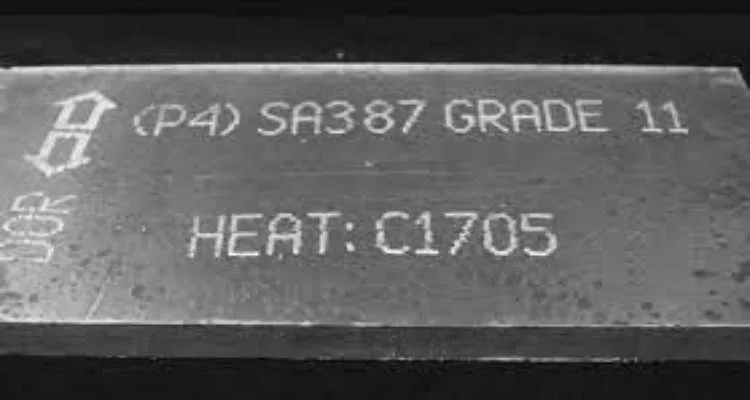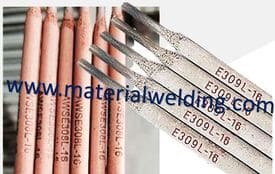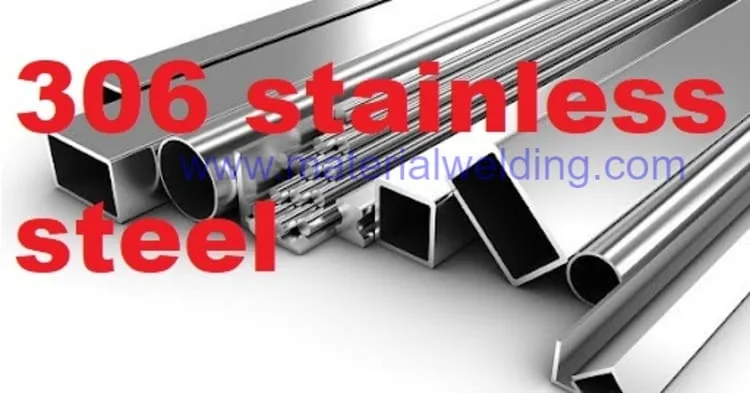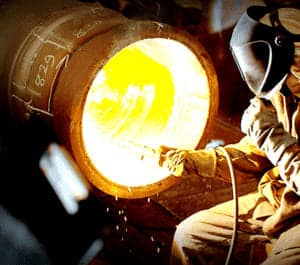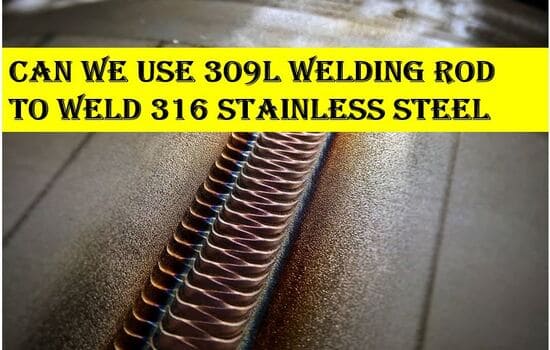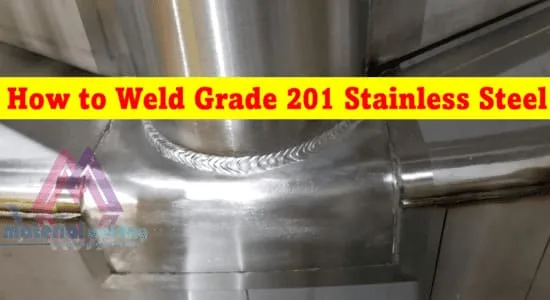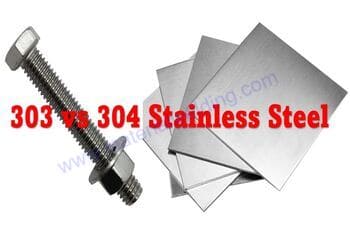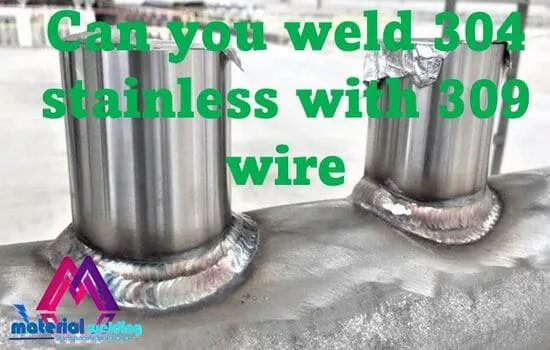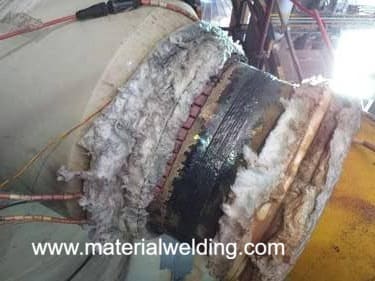Welding of P9 (9Cr-1Mo) Steel
P9 (9Cr-1Mo) is a low-alloy steel commonly used in high-temperature, high-pressure applications.
It is known for its excellent strength and resistance to creep, making it an ideal choice for critical components that need to perform under extreme conditions.
The 9Cr-1Mo designation indicates that this steel contains 9% chromium and 1% molybdenum, which gives it exceptional strength and resistance to high-temperature corrosion.
In this article, we will explore the different welding techniques for P9 (9Cr-1Mo) and the important factors to consider for a successful welding process.
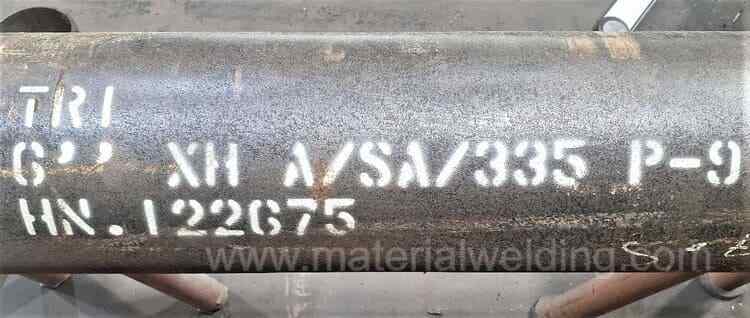
P9 (9Cr-1Mo) Material Specification
P9 (9Cr-1Mo) is a ferritic steel that contains 9% Chromium and 1% Molybdenum. It is often used in power generation and petrochemical industries, where high-temperature strength and resistance to corrosion are required.
The material specification for P9 steel includes minimum requirements for chemical composition, mechanical properties, and metallurgical structure.
The UNS Number of P9 (9Cr-1Mo) steel is K90941. The common material specifications for P9 (9Cr-1Mo) low alloy steels are:
- ASTM A335 Grade P9
- ASTM A234 WP9 (Pipe fitting)
- ASTM A182 F9 (Flange)
- ASTM A387 Grade 9
- SME SA387 Grade 9
- DIN 1.7386
9cr-1mo steel equivalent
The equivalent steel for 9Cr-1Mo (P9) steel is A335 P9 or A182 F9, which is a 9% Chromium and 1% Molybdenum high-pressure, high-temperature steel.
P9 (9Cr-1Mo) Chemical Composition
The following table provides the chemical composition of P9 (9Cr-1Mo) steel:
| Element | Percentage |
| Carbon | 0.15% maximum |
| Chromium | 8.0-10.0% |
| Molybdenum | 0.90-1.10% |
| Manganese | 0.3-0.60% |
| Silicon | 0.25-1.0% |
| Phosphorus | 0.025% |
| Sulfur | 0.025% |
P9 (9Cr-1Mo) Mechanical Properties
The mechanical properties of P9 steel include a high tensile strength, excellent toughness, and good resistance to creep. At room temperature, the minimum mechanical properties for P9 (9Cr-1Mo) steel are:
| Property | Value |
| Tensile Strength | 60 Ksi (415 MPa) |
| Yield Strength | 30 Ksi (205 MPa) |
| Elongation | 20-25% |
| Hardness | 260-310 HB |
P9 (9Cr-1Mo) Stick Welding
Stick welding, also known as Shielded Metal Arc Welding (SMAW), is a commonly used welding technique for P9 (9Cr-1Mo).
The process involves using a consumable electrode to join the two metal pieces, and the electrode provides shielding from the surrounding environment.
Stick welding is best suited for welding in difficult to reach areas and for welding thicker sections of P9 (9Cr-1Mo).
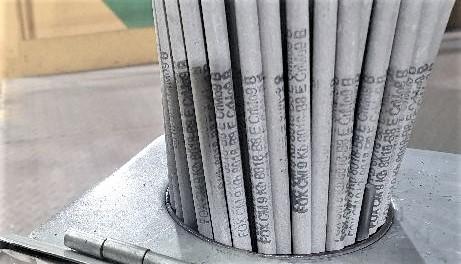
For P9 (9Cr-1Mo) welding, E9018-B8 (AWS A5.5 specification) electrodes are recommended as they are designed for high-temperature service and provide excellent crack resistance.
It is important to use proper welding techniques and follow the recommended preheat and post-weld heat treatment procedures to ensure the integrity of the weld.
P9 (9Cr-1Mo) TIG Welding
Tungsten Inert Gas (TIG) welding is a precise and controlled welding method that is ideal for welding thin sections of P9 (9Cr-1Mo).
The process involves using a tungsten electrode and a shielding gas to protect the weld from oxidation.
TIG welding requires a high level of skill and experience, but it produces high-quality and precise welds.
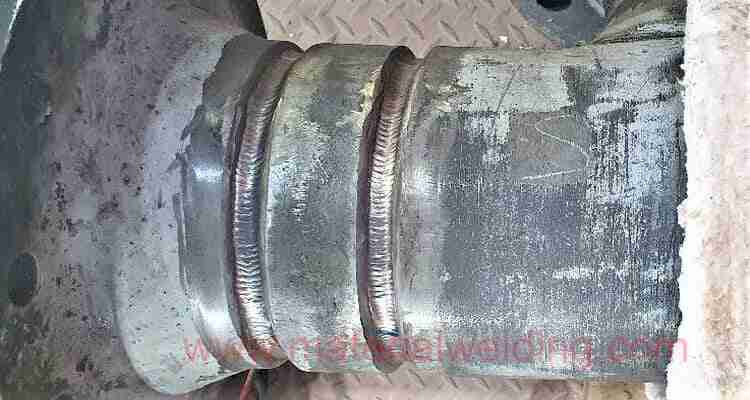
For P9 (9Cr-1Mo) TIG welding, the recommended filler metal is ER90S-B8, which is designed for high-temperature service and provides excellent crack resistance.
TIG welding requires a high level of skill and experience, and it is important to follow proper welding techniques and procedures to ensure the quality of the weld.
Consult with a welding engineer or use the manufacturer’s recommended welding procedure to ensure the integrity of the material.
P9 (9Cr-1Mo) MIG Welding
Metal Inert Gas (MIG) welding is a popular welding method for P9 (9Cr-1Mo) due to its high speed and ease of use.
The process involves using a consumable wire as the electrode, and a shielding gas to protect the weld from oxidation.
MIG welding is best suited for welding larger sections of P9 (9Cr-1Mo) and for welding in flat or horizontal positions.
Preheating & PWHT for P9, 9Cr-1Mo Steel
Preheating and post-weld heat treatment (PWHT) are critical steps in the welding process for P9, 9Cr-1Mo steel to ensure the mechanical and metallurgical properties of the finished weld.
Preheating refers to heating the metal before welding to slow down the cooling rate and reduce the risk of thermal shock and cracking.
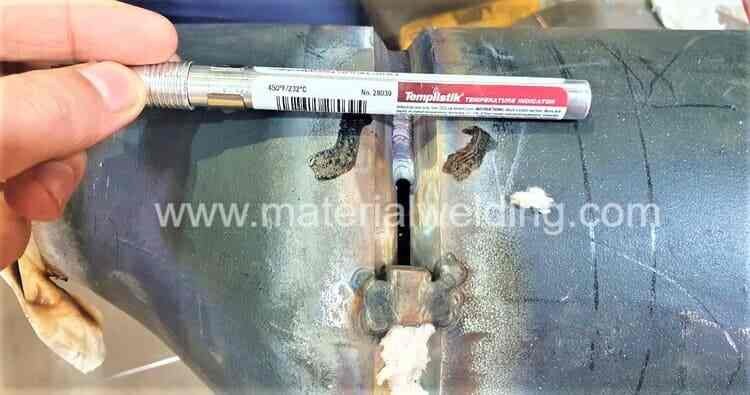
For P9, 9Cr-1Mo steel, the recommended preheat temperature is a minimum of 200°C (400°F) and the maximum interpass temperature is 600 °F (315 °C). Interpass temperature refers to the temperature of the metal between passes during welding.
PWHT is the process of heating the welded joint to a specific temperature for a specific time and then cooling it at a controlled rate.
This process is done to relieve residual stresses, reduce the risk of cracking, and improve the toughness and corrosion resistance of the welded joint.
For P9, 9Cr-1Mo steel, the recommended PWHT temperature is 1375 to 1425°F for a minimum of 2 hours.
9cr-1mo steel microstructure
The microstructure of 9Cr-1Mo steel, also known as P9 (9Cr-1Mo) steel, is primarily a ferritic microstructure with small amounts of carbides and other precipitates.
The high chromium content in 9Cr-1Mo steel provides good corrosion resistance and the molybdenum improves high-temperature strength and creep resistance.
The microstructure of 9Cr-1Mo steel can be further modified through heat treatment processes, such as solution annealing and precipitation hardening, to achieve specific mechanical properties.
The microstructure can also be affected by welding processes, such as TIG or MIG welding, and it is important to perform post-weld heat treatment to restore the desired microstructure and mechanical properties.
In general, the microstructure of 9Cr-1Mo steel is designed to provide excellent high-temperature strength and resistance to creep and corrosion, making it an ideal material for use in high-temperature and corrosive environments, such as power generation and petrochemical applications.
Can we get Cr-Mo Steel by Gas Cutting?
Chromium-molybdenum steel cannot be cut by gas cutting methods like oxy-fuel or plasma cutting due to its high chromium content and high resistance to heat.
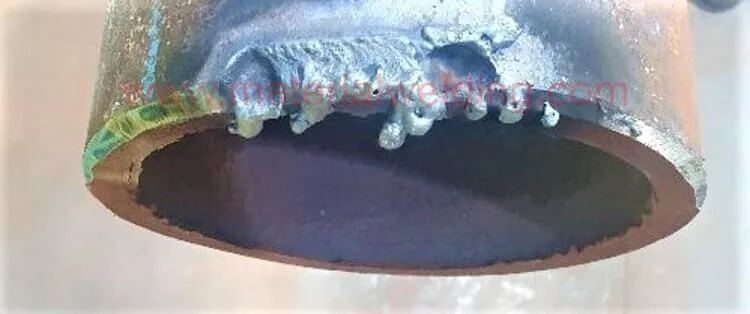
Cutting Cr-Mo steel typically requires mechanical methods such as sawing, turning, drilling, or milling, or thermal methods like waterjet cutting, laser cutting, or electric discharge machining.
What is 9Cr-1Mo steel?
What are the properties of 9Cr-1Mo steel?
Good resistance to high-temperature corrosion and oxidation.
Good mechanical strength at elevated temperatures.
Good weldability.
Good resistance to stress corrosion cracking.
